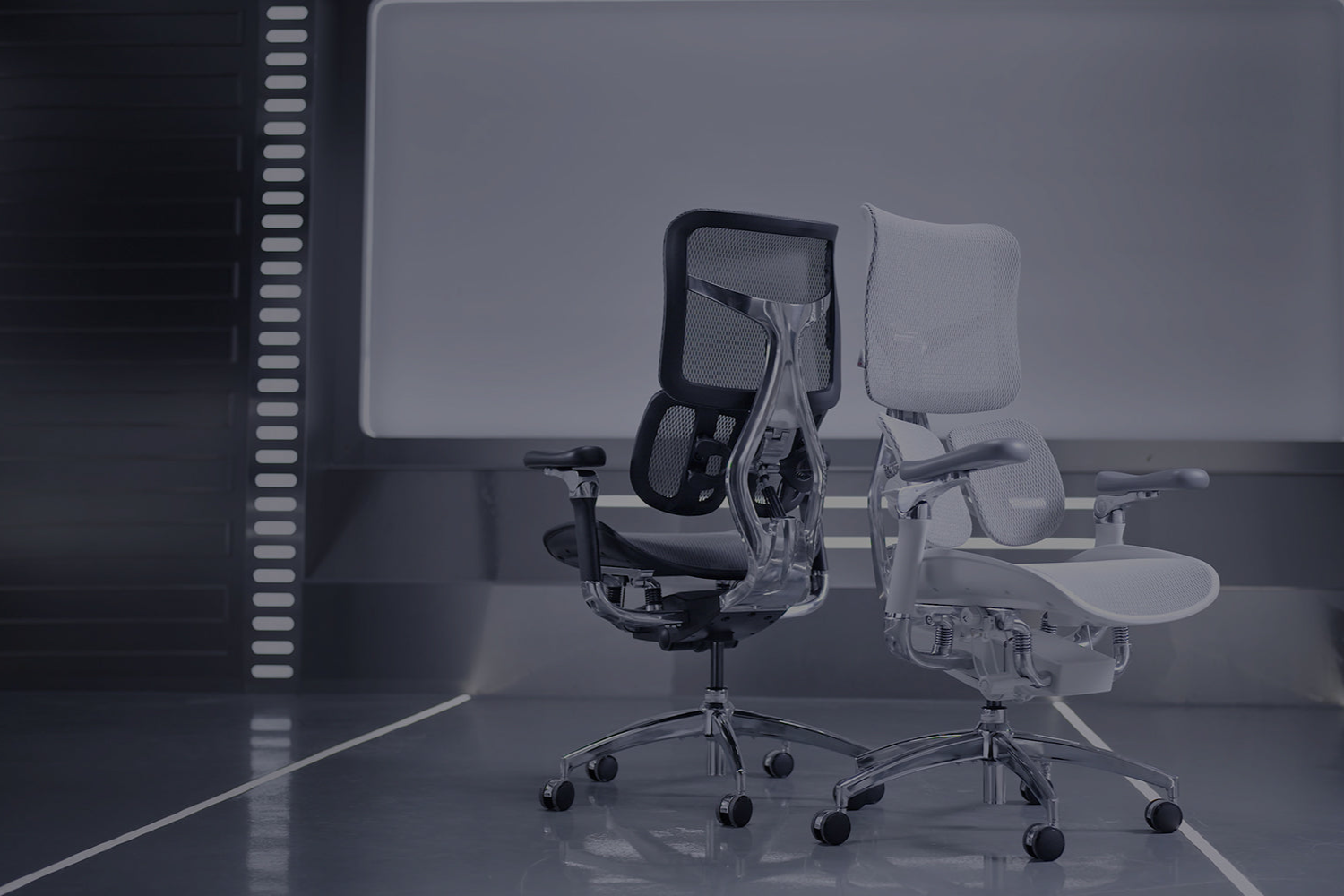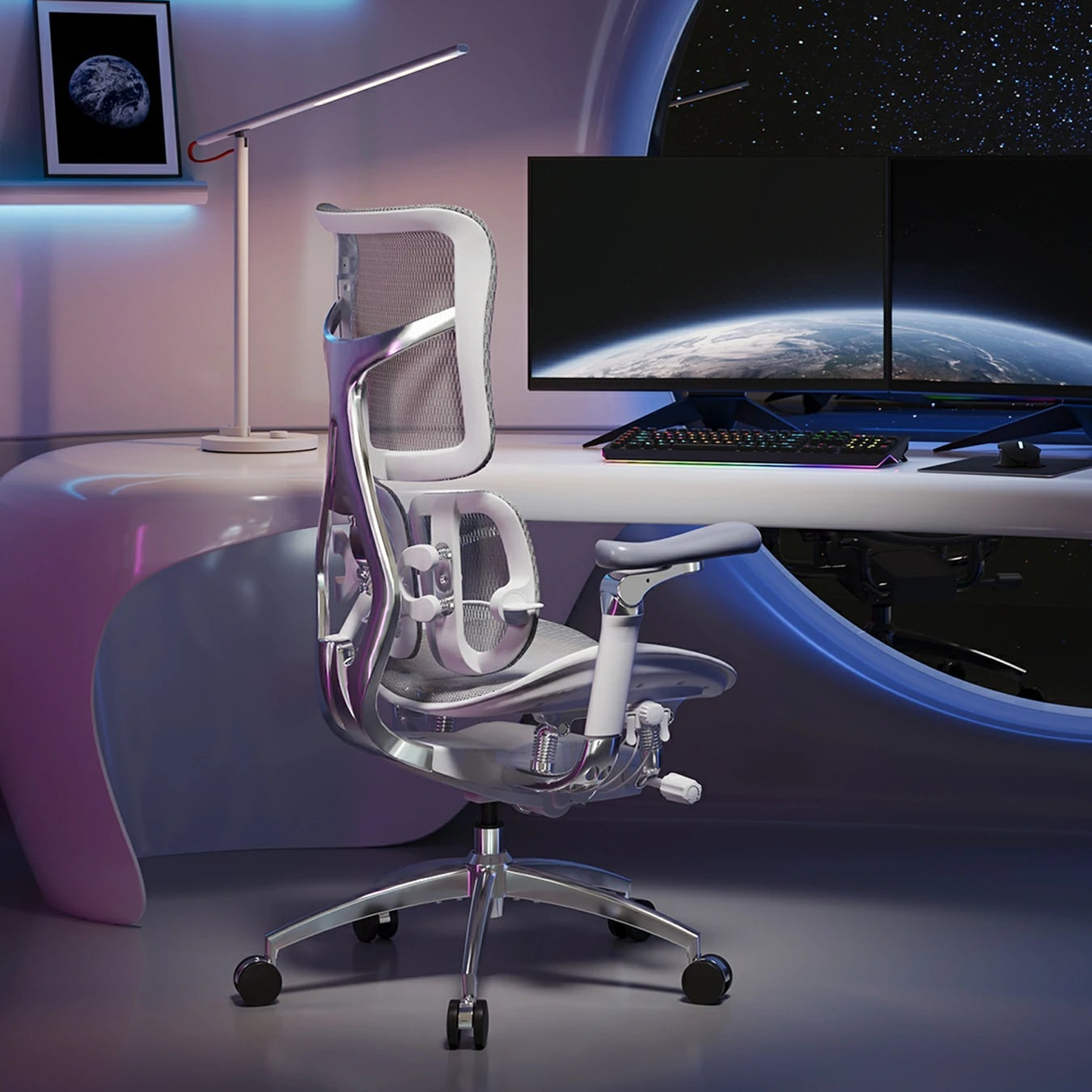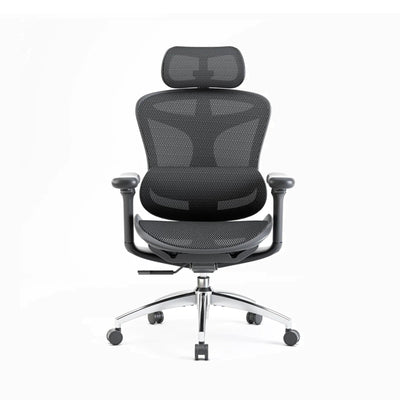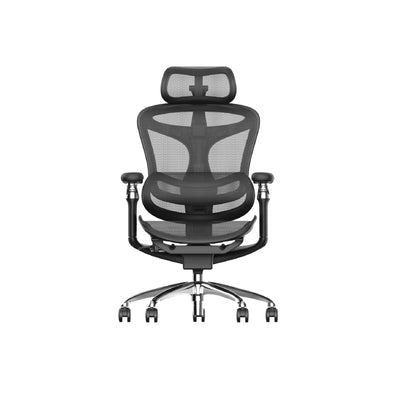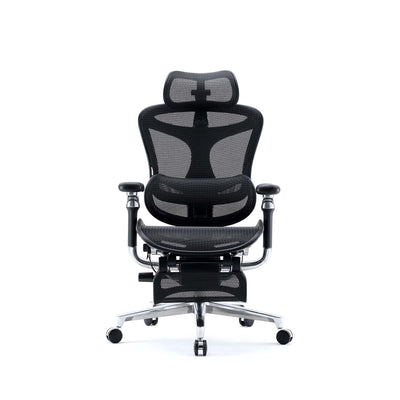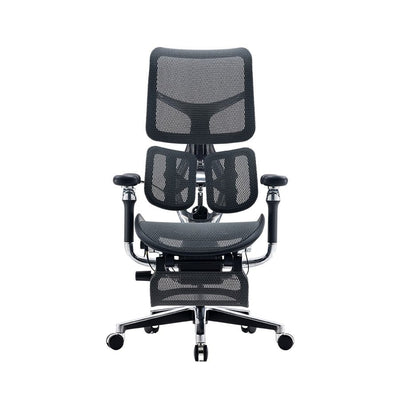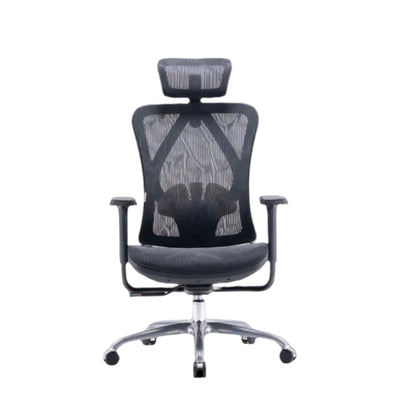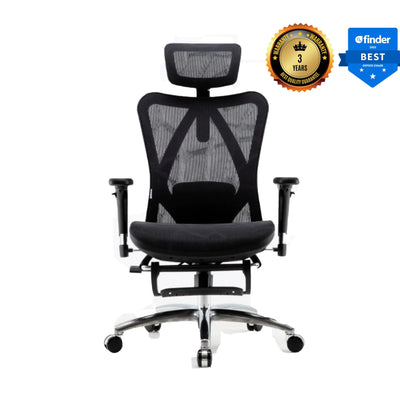
To enhance work productivity, you need more than advanced tools; you need the right support for your body. Work doesn’t just happen in front of a computer screen. It happens in our bodies too. The chair you sit on shapes your daily performance.
Many people overlook how much seating affects focus, health, and energy. But the truth is simple: comfort leads to clarity, discomfort breeds distraction.
Comfort Is the Secret Ingredient
Think of a time you sat through a long meeting on a stiff chair. Did your mind wander? Did you feel restless?
Now imagine sitting on supportive ergonomic office chairs. Instead of wriggling around, you remain steady, engaged, and comfortable. That difference directly helps enhance work productivity.
A recent workplace study found that employees using ergonomic seating reported greater efficiency and concentration than those stuck on generic office chairs.
The conclusion is clear: comfort fuels performance.
What Makes a Chair Ergonomic?
Not all chairs are created equal. Many claim to be “ergonomic” but miss the mark. Real ergonomics means thoughtful design and full-body support.
Here’s what separates authentic ergonomic chairs like the Doro Ergonomic Chair Series from ordinary seating:
-
Adjustable seat height for proper leg alignment.
-
Lumbar support to maintain your spine’s natural curve.
-
A backrest that reclines to relieve pressure.
-
Armrests that lower or rise with your needs.
-
A seat edge shaped to improve circulation.
The best chairs adapt to you, not the other way around.
Why Fatigue Follows Poor Posture
Long hours at a desk can drain your energy. Often, it’s not the work but the posture that exhausts you.
Slouching strains the spine, shoulders, and neck. Over time, those aches turn into fatigue, leaving you sluggish and unmotivated.
A well-designed chair reduces strain by supporting the body’s natural curves. Less strain equals more energy for the tasks that matter most.
Micro-Movements Keep Energy Flowing
Static sitting weakens circulation and stiffens muscles. That’s why you feel heavy after hours in one rigid position.
Many ergonomic designs encourage gentle movement. A small recline or swivel stimulates blood flow and keeps muscles active.
These micro-movements prevent stiffness and boost alertness. In short, motion helps enhance work productivity by keeping fatigue at bay while sharpening your focus.
The Productivity Payoff
Physical discomfort often distracts the brain. Instead of concentrating, you focus on your sore back or numb legs.
Ergonomic seating eliminates those nagging interruptions. When your body feels supported, your mind can lock into tasks for longer periods.
The result? Higher efficiency, fewer mistakes, and a noticeable boost in creativity and clarity throughout the workday.
The Hidden Cost of Ignoring Ergonomics
Skipping ergonomics may look cheaper upfront, but it costs more in the long run.
Poor seating leads to back pain, neck stiffness, and circulation issues. These problems mean sick leave, reduced output, and rising medical bills.
Employers worldwide spend billions annually addressing musculoskeletal issues. A quality chair is far less expensive than chronic pain or constant absenteeism.
Ergonomics in the Age of Remote Work
Home offices often start with dining chairs or couches doubling as desks. Unfortunately, these setups aren’t sustainable for long work hours.
Remote workers increasingly report discomfort from poor seating. Investing in ergonomic office chairs at home prevents those aches while boosting daily performance.
More than just furniture, a chair becomes a boundary between home and work. That separation is vital for maintaining focus outside the office.
How to Choose the Right Chair
Not every chair suits every body. Here’s how to find the right match:
-
Look for maximum adjustability.
-
Ensure the backrest supports your spine’s curve.
-
Pick materials that balance comfort and breathability.
-
Consider durability—it’s an investment.
-
Choose a design that fits your space aesthetically.
Your chair should feel customised to you, encouraging comfort while matching your workspace.
A Story of Transformation
One medium-sized company upgraded its seating to SIHOO ergonomic designs. Within months, staff reported dramatic improvements in comfort and energy.
Absenteeism dropped, complaints of back pain fell, and productivity metrics rose. Employees felt more motivated, simply because their chairs worked with them, not against them.
This small change had an enormous effect on both morale and performance.
Chairs as Part of a Bigger Wellness Plan
While seating matters, no chair alone guarantees well-being. Pair it with smarter work habits:
-
Stand, stretch, or walk every hour.
-
Adjust monitors to eye level.
-
Maintain an active lifestyle outside work.
This combination multiplies the benefits of ergonomics. A supportive chair plus healthy habits equals long-lasting energy and focus.
The Future of Ergonomic Seating
The next generation of ergonomic chair designs is already here. Chairs with posture sensors, eco-friendly fabrics, and intuitive adjustments are shaping tomorrow’s workplaces.
Brands like SIHOO are leading the charge, blending comfort with innovation. The future is seating that actively promotes wellness while helping enhance work productivity, all while fitting seamlessly into any environment.
Your chair isn’t just a piece of furniture—it’s the foundation of your workday. The right design helps enhance work productivity and reduce fatigue.
Ergonomics may feel like a luxury, but in reality, it’s an essential tool for health and performance.
Investing in the right chair is an investment in yourself. And when comfort and focus align, the results speak for themselves.

